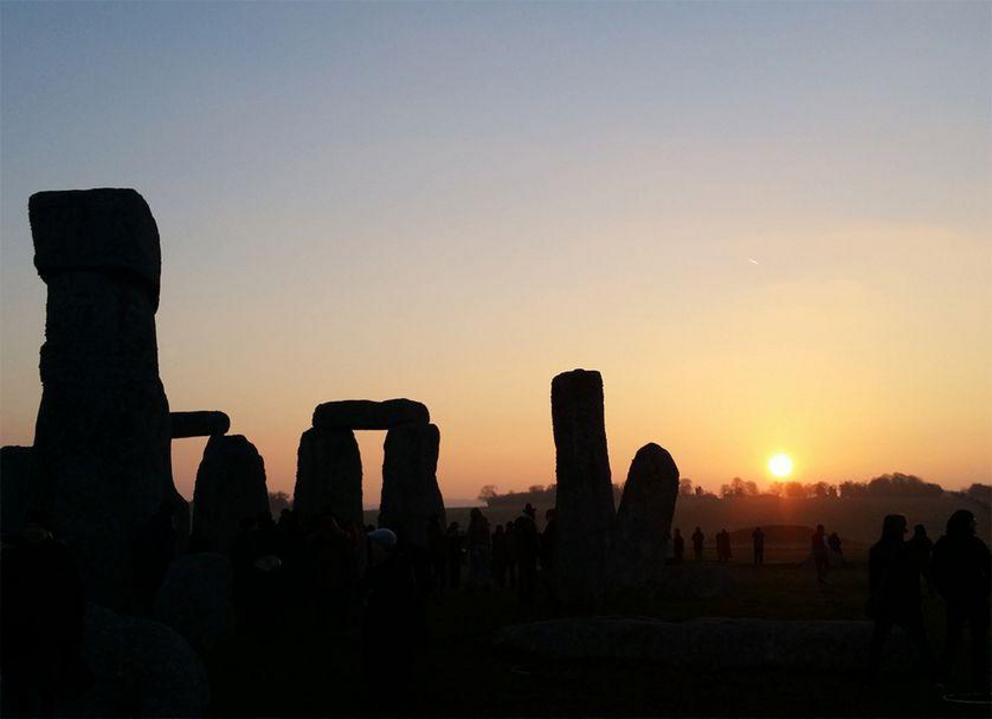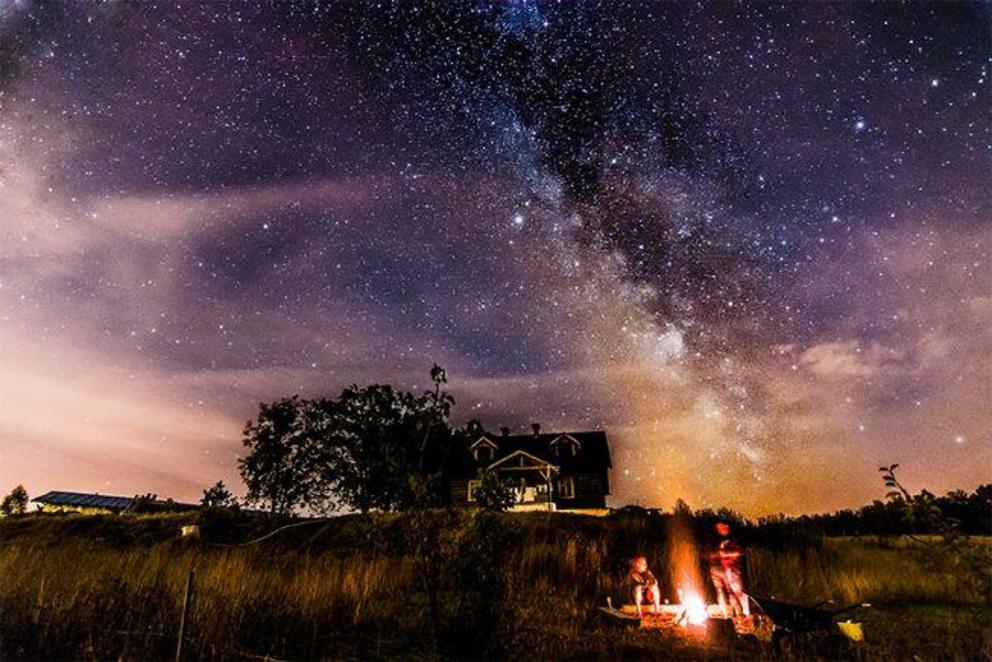What to see in the night sky in March
Get ready to spring forward and catch these beautiful sights!
With the coldest and snowiest months of 2019 behind us, it's time to look ahead to March and the beginning of the Northern Hemisphere's transition back to warmer weather. What celestial events do the heavens have in store for us? Check out our list below for some March highlights. Wishing you clear (and increasingly warmer) evenings!
Zodiacal light (early March)
 The zodiacal light is also known in astronomy circles as a 'false dawn.'
The zodiacal light is also known in astronomy circles as a 'false dawn.'
Sure, we mentioned this last month, but the first two weeks of March offer the last chance to see the zodiacal light until the fall. Visible only to those with relatively dark skies, this celestial phenomenon looks like light pollution but is actually sunlight glinting off solar dust shed by comets. Catch it early this month over the western horizon just after sunset and before the month's two full moon rise and crash the party.
SpaceX attempts first Dragon Crew test (March 2)
 An illustration of the SpaceX Crew Dragon docking with the International Space Station.
An illustration of the SpaceX Crew Dragon docking with the International Space Station.
The effort to officially end the United States' reliance on Russia to transport astronauts to the International Space Station (ISS) will have its first shot in early March.
According to NASA, SpaceX will perform the maiden launch of its Crew Dragon capsule from Launch Complex 39A at NASA's Kennedy Space Center in Florida at 2:48 a.m. EST on March 2, a nearly two-month delay from early January. Once in space, it will take the Dragon an estimated 27 hours to reach and dock with the ISS. A special welcome ceremony involving astronauts opening the capsule to retrieve some 400 pounds of supplies, will be broadcast live on March 3 at 10:30 a.m. EST.
Should this un-crewed test flight prove successful, it will likely keep SpaceX on track to launch a crewed mission in June 2019.
Boeing is also prepping the launch of its own crewed capsule, the Starliner, with a test set for March and a manned version in August.
Dark skies courtesy of the new moon (March 6)
.
 March's new moon will create the perfect conditions (weather permitting) for viewing the heavens
March's new moon will create the perfect conditions (weather permitting) for viewing the heavens
A new moon is when the moon is located on the same side of the Earth as the sun, and March 6 will offer optimal conditions to head outside into the darkness and revel in the waning celestial displays of winter. It's also the perfect time for hobbyist and professional astronomers alike to set up telescopes and check out galaxies, planets, asteroids or other distant objects.
Daylight saving time (March 10)
 Everyone's least favorite switch-over — Daylight Savings Time — takes place at 2 a.m. on March 10.
Everyone's least favorite switch-over — Daylight Savings Time — takes place at 2 a.m. on March 10.
Turn your clocks ahead, lose an hour of sleep, curse the world. (But on the bright side, pre-dawn skywatching suddenly becomes a more attractive endeavor.)
Catch a parade of planets (all month)
 Venus gives way to the rise of a crescent moon at sunrise, as captured at the European Southern Observatory.
Venus gives way to the rise of a crescent moon at sunrise, as captured at the European Southern Observatory.
March is a fantastic month to view all five of our solar system's "bright planets," or those easily visible without an optical aide. These include Mercury, Venus, Mars, Jupiter and Saturn.
Mercury and Venus are the easiest for most people to spot, rising just after sunset in the Northern Hemisphere. The remaining three are best viewed by night owls or early risers –– with Jupiter rising after midnight, followed by Mars and then Saturn closer to dawn. Your best bet for spotting this celestial parade will be on the evening of March 17, when the new moon gives way to exceptionally dark skies.
Vernal equinox (March 20)
 The vernal equinox at Stonehenge in the U.K. often attracts in excess of visitors to watch the sun rise in the due east.
The vernal equinox at Stonehenge in the U.K. often attracts in excess of visitors to watch the sun rise in the due east.
The vernal or spring equinox marks the moment when the two hemispheres of our planet each receive an equal amount of day and night. In the Northern Hemisphere, the event is something of a celebration as we all look forward to warmer months, longer days and the return of green foliage.
The other neat thing about the equinox is that it offers people a chance to pinpoint the true east and west of their location. This is because the sun is moving along the celestial equator, which intersects our horizons at points due east and due west. According to EarthSky, waking up for sunrise or catching sunset in relation to landmarks on the horizon can come in handy.
"If you do this, you’ll be able to use those landmarks to find those cardinal directions in the weeks and months ahead, long after Earth has moved on in its orbit around the sun, carrying the sunrise and sunset points northward," they write.
Spring will officially kick off at 5:58 p.m. EST on March 20.
Behold the Crow Supermoon (March 20)
 The Crow Moon is also known to Native Americans as the Worm Moon and Crust Moon.
The Crow Moon is also known to Native Americans as the Worm Moon and Crust Moon.
So-named by northern Native American tribes for the cawing of crows signaling the end of winter, March's full moon is called the Crow Moon. Names given by other tribes include the Worm Moon, for the return of robins to feast on emerging worms, and the Crust Moon, for the top layers of snow melting and freezing in rhythm to the month's fickle temperatures.
But wait! In addition to being the last supermoon of 2019, this particular full moon is also special because of its arrival along with spring. The last time the two aligned on the same date was back on March 20, 1981!
The moon will reach peak fullness at at 9:43 p.m. EST on March 20.
Editor's note: This story was originally published in February 2018 and has been updated with more recent information.

